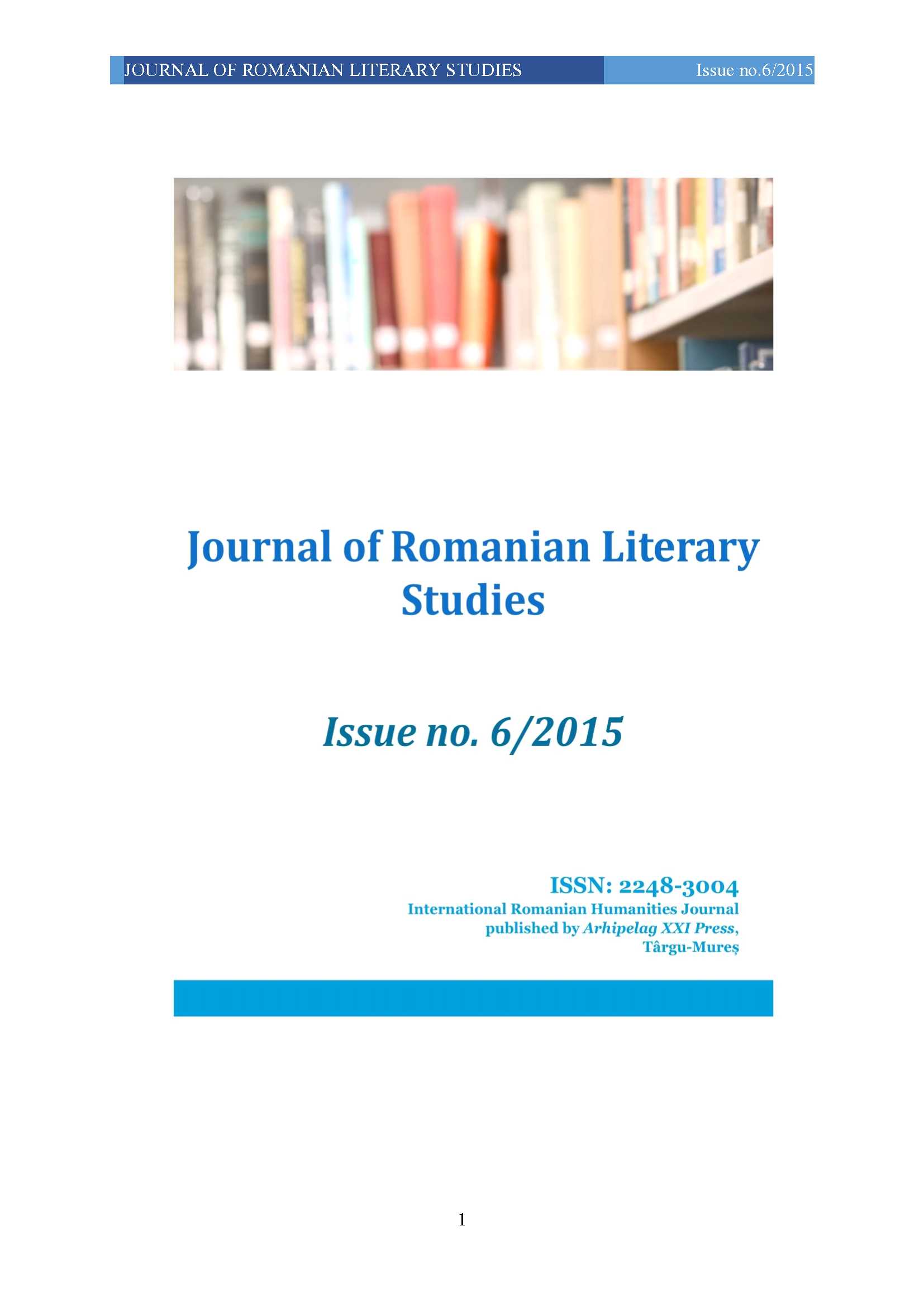FORMS OF TRANSTEXTUALITY IN IOAN PETRU CULIANU’S LITERATURE
FORMS OF TRANSTEXTUALITY IN IOAN PETRU CULIANU’S LITERATURE
Author(s): Adriana Dana Listeş PopSubject(s): Language and Literature Studies, Literary Texts
Published by: Editura Arhipelag XXI
Keywords: transtextuality; textual transcendence; intertextuality; paratexts; border incidents
Summary/Abstract: The concept of transtextuality1 also called textual transcendence was coined by Gerard Genette, term being defined as a transcendental category which “sets the text in a relationship, whether obvious or concealed, with other texts”2. Genette identifies five categories of transtextual relations, the first consisting in the concept of intertextuality coined by Julia Kristeva, explained by Genette as a condition of presence of a specific text within another text, “a relationship of co-presence between two texts or among several texts: that is to say, eidetically and tipically as the actual presence of one text within another3. Among the forms of transtextuality, in his literary works, Ioan Petru Culianu used mostly paratextuality and intertextuality, using paratextual elements to create the effect of authenticity and plausibility, control communication with the reader, and the way she or he perceives the meaning of the text.
Journal: Journal of Romanian Literary Studies
- Issue Year: 2015
- Issue No: 06
- Page Range: 1147-1155
- Page Count: 9
- Language: English

